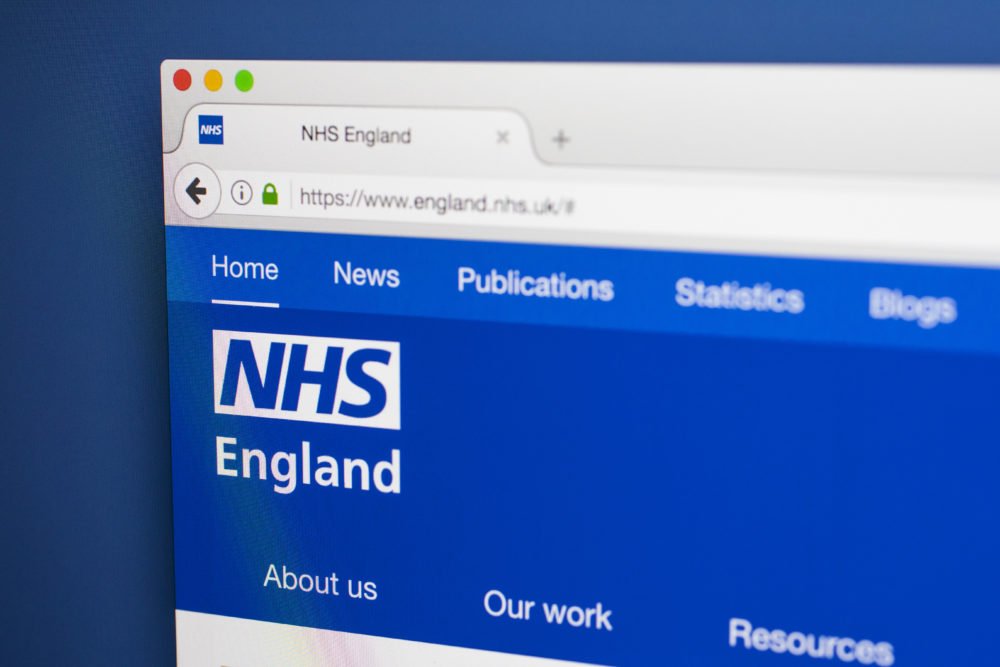
latest
Merging NHS Digital, NHSX and HEE into NHS England brings risks as well as benefits
The merger addresses the problem of duplication of responsibilities between the four organisations – but whether it works for patients is another matter

"With two digital champions as part of the merger, the prominence of workforce planning might receive less attention, just when it is needed most for successful long-term service delivery." Greg Allen, FCC CEO
NHS Digital, NHSX and Health Education England are to become part of NHS England and Improvement. This follows a review by Laura Wade-Gery into tech leadership in the NHS.
Arguably, there has been some perception of crossover in terms of the remit of NHS Digital and NHSX and this doesn’t set the context for clarity. Also, HEE has played an important part in workforce planning and development – notably since the previous Centre for Workforce Intelligence was subsumed into the public sector a few years ago. But understaffing is perhaps the biggest problem the NHS currently faces, so relevant, timely and successful workforce planning and development has never been more important.
So far, so good then – in terms of some reasons for the merger. But what will it mean for patients – those in receipt of care? Will the skills and experience that currently sit in NHS Digital, NHSX and HEE find their new home more or less conducive to improving lives and patient care – short and long term?
Greater digitisation is good for patients and staff
Digital innovation is a key part of the government’s plans for the NHS. It was this emphasis on the importance of digital technology that led to the creation of NHSX in 2019 (although NHS Digital has been around since 2013). Greater digitisation is almost certainly going to be good both for patients and NHS staff. If implemented well, it will make the NHS more efficient, cut waiting lists and improve standards of care. Even something as simple as allowing clinical staff in different settings – GP practices, hospitals and tertiary centres – access to the same patient record will slash unnecessary waits and make sure that doctors have the information they need to provide good quality decisions.
NHSX and NHS Digital have done well to move the NHS forward from the position it was in just a few years ago, when it still relied very heavily on paper-based processes. NHSX, for example, has proved its worth through the NHS COVID Pass app, which has nearly 20 million users and the NHSX Data Store, designed to allow the NHS to route ventilators and billions of items of PPE to where they were needed. It also developed a contact-tracing app whose success has now been demonstrated by research – though it had to ditch the original app early in the pandemic. NHS Digital has also done well to speed up the roll-out, for example, of electronic patient records across the NHS. Some of these achievements have been a joint effort, but it does seem from the outside that NHSX seems to have been leading on the deployment of digital solutions.
Mergers always bring challenges
The success of the merger will depend on how well it is managed, and how effective the new organisation is at handling multiple remits. Mergers always bring challenges. Bringing together several organisations involves a period of adjustment, of adapting to a different culture and working with new teams as well as coping with practical difficulties such as switching over IT systems. Also, with two digital champions as part of the merger, the prominence of workforce planning might receive less attention, just when it is needed most for successful long-term service delivery.
There are two risks for patients. One is that during the handover period, important knowledge and skills will be lost as talented people leave the organisation, and time is devoted to the nuts and bolts of making the organisation function rather than on achieving its aims.
The other is that the new, merged organisation will just be too big and unwieldy to respond in an agile way to major challenges such as workforce planning and digital innovation. If NHSEI leaders understand how important these challenges are, then they will be able to prioritise them and make them part of the organisation’s core function.
The next few years are going to be challenging for the NHS. The real risk is that digital innovation and workforce planning will be shunted aside, without the capacity to respond nimbly to those challenges in the way they could as ‘smaller’, standalone organisations.